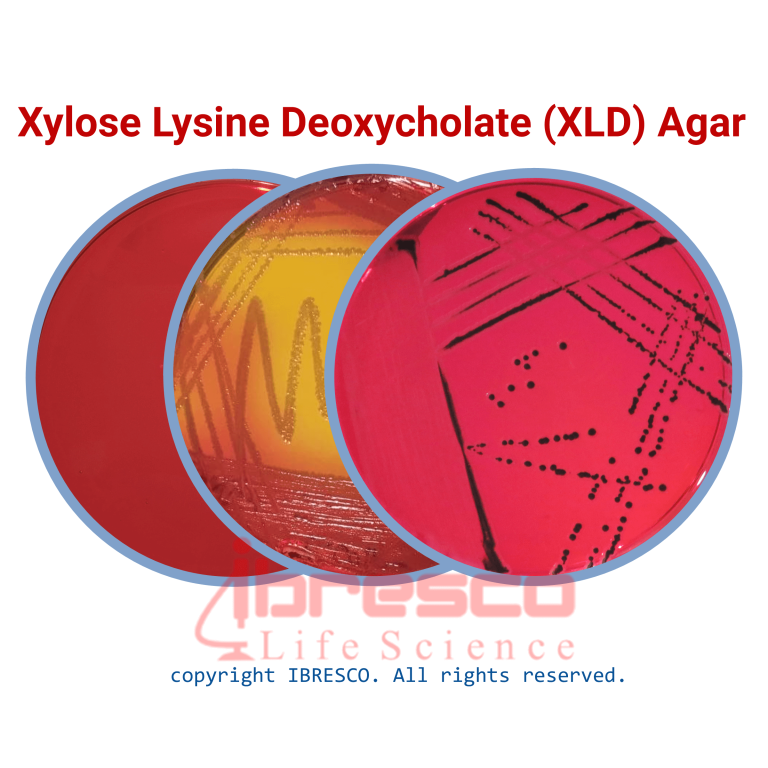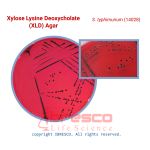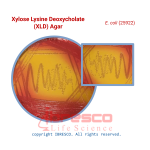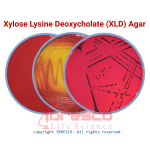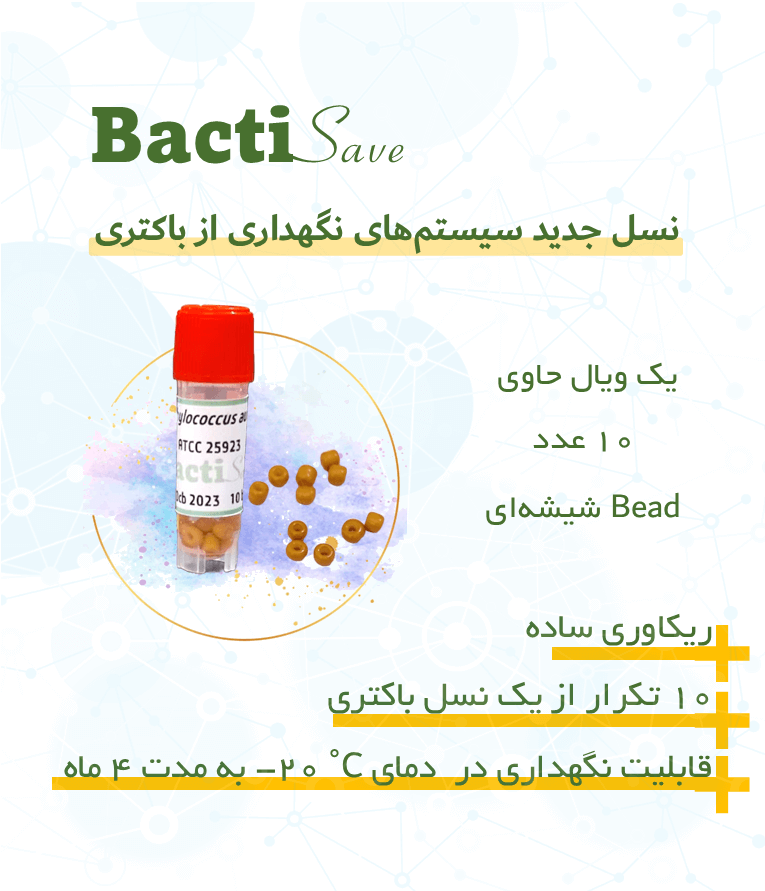Test
Sampling:
- Samples should be transferred directly to the laboratory without delay and should not be exposed to extreme heat or cold. Otherwise, the samples should be transferred to suitable transport media and stored in the refrigerator until inoculation.
Procedure:
- Before inoculation, the plates should be placed in the laboratory temperature to equilibrate with the room temperature.
- If the sample is transferred to the culture medium using a swab, the swab should be streaked in a corner of the plate. Then, this area is streaked several times to obtain single colonies.
- Incubate the plates at 35-37 degrees Celsius for 18-24 hours.
Results and Interpretation
In XLD Agar medium, sodium deoxycholate inhibits the growth of gram-positive bacteria. The carbon source in this medium is xylose, which is fermented by many enteric bacteria except for Shigella. Shigella bacteria produce red colonies. Another differential mechanism for Salmonella in this medium is lysine decarboxylation. Lysine decarboxylation by this bacteria leads to an increase in pH and alkalization of the medium. To create differentiation in these cases, high amounts of sucrose and lactose carbohydrates have been added. The presence of sodium deoxycholate and ferric ammonium citrate as an indicator and source of sulfur produces hydrogen sulfide in some bacteria, creating colonies with a black center under alkaline conditions. Organisms that ferment xylose, are negative for lysine decarboxylase, and do not ferment lactose and sucrose, acidify the medium’s pH and produce yellow colonies. One can refer to bacteria such as Citrobacter, E.coli, and Proteus.
Note
- It is recommended to use biochemical, immunological, and molecular tests for more accurate diagnosis.
- Some species of Salmonella may form red colonies without black centers, which will resemble Shigella colonies in this state. In addition, some Shigella species ferment lactose, so Salmonella species that are unable to decarboxylate lysine will not be distinguishable from these colonies.
- If the test samples are delayed for 2-3 hours, many intestinal bacteria will not be able to grow and recover. This is because these types of bacteria are very sensitive to acidic conditions resulting from a decrease in the temperature of fecal samples.
- Proteus and Pseudomonas species give false positive results and red-colored colonies.
- Incubation of plates for more than 48 hours leads to false positive results.
- Avoid preparing a large volume of culture medium in erlenemeyer, overheating and keeping the medium at a temperature of 47-50 degrees Celsius.




